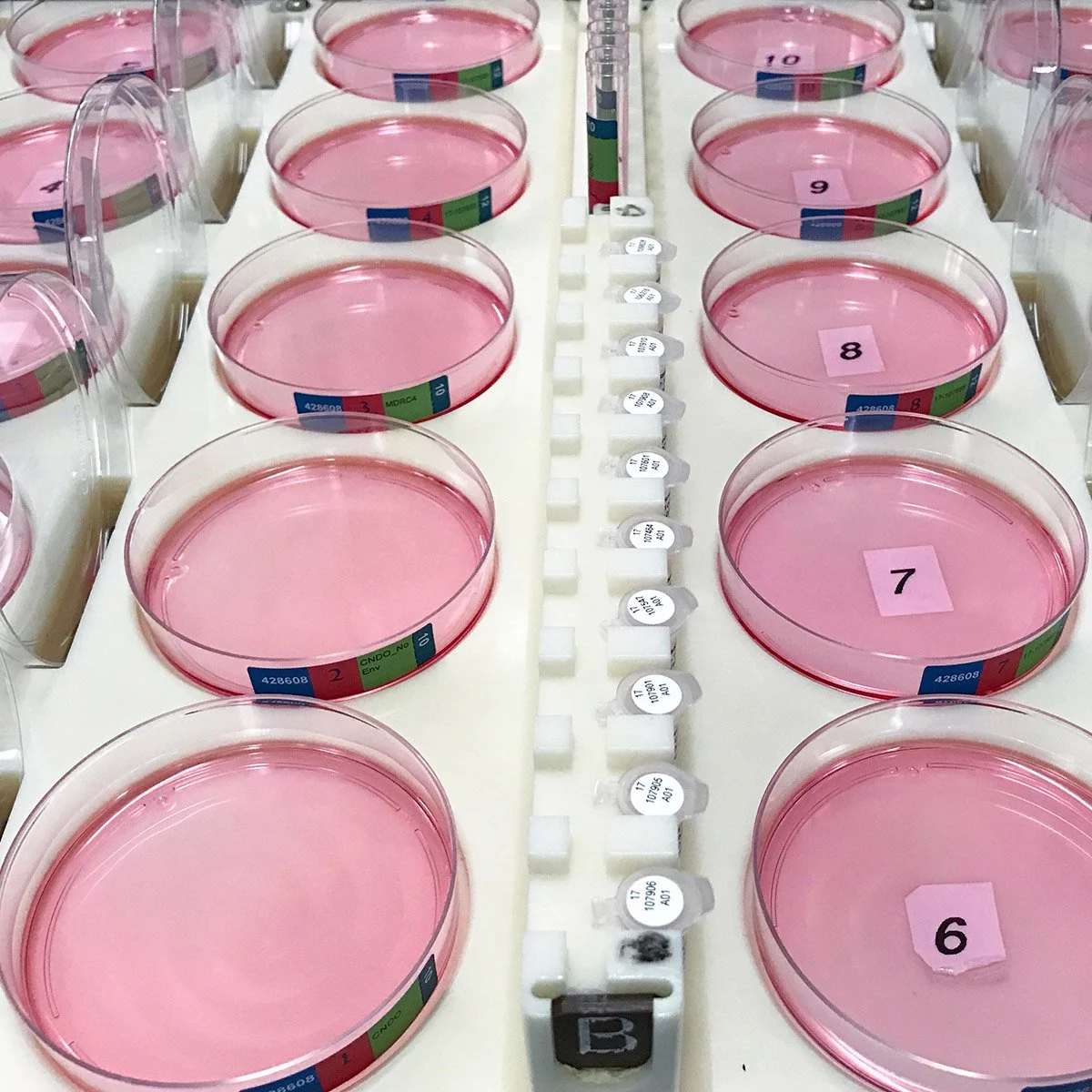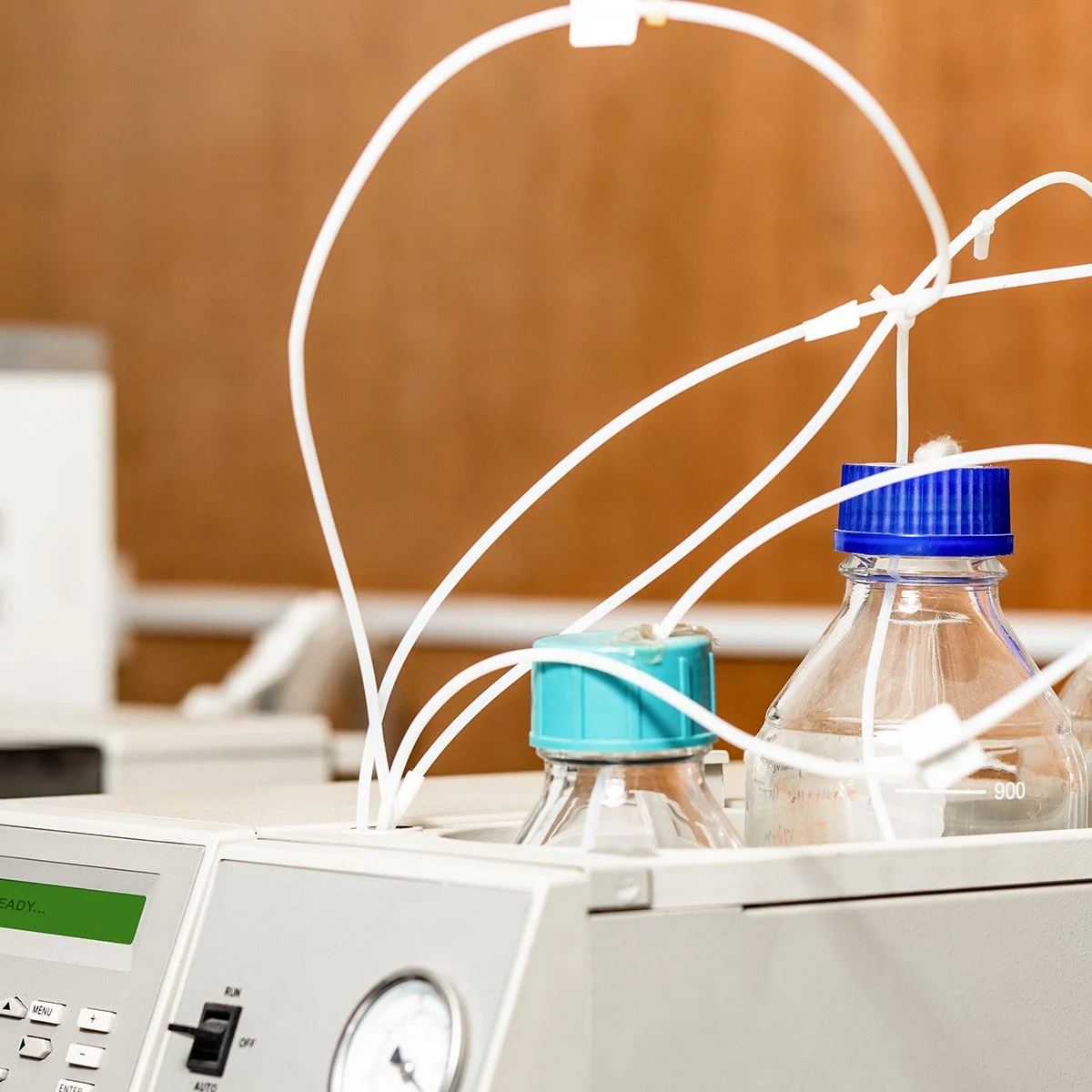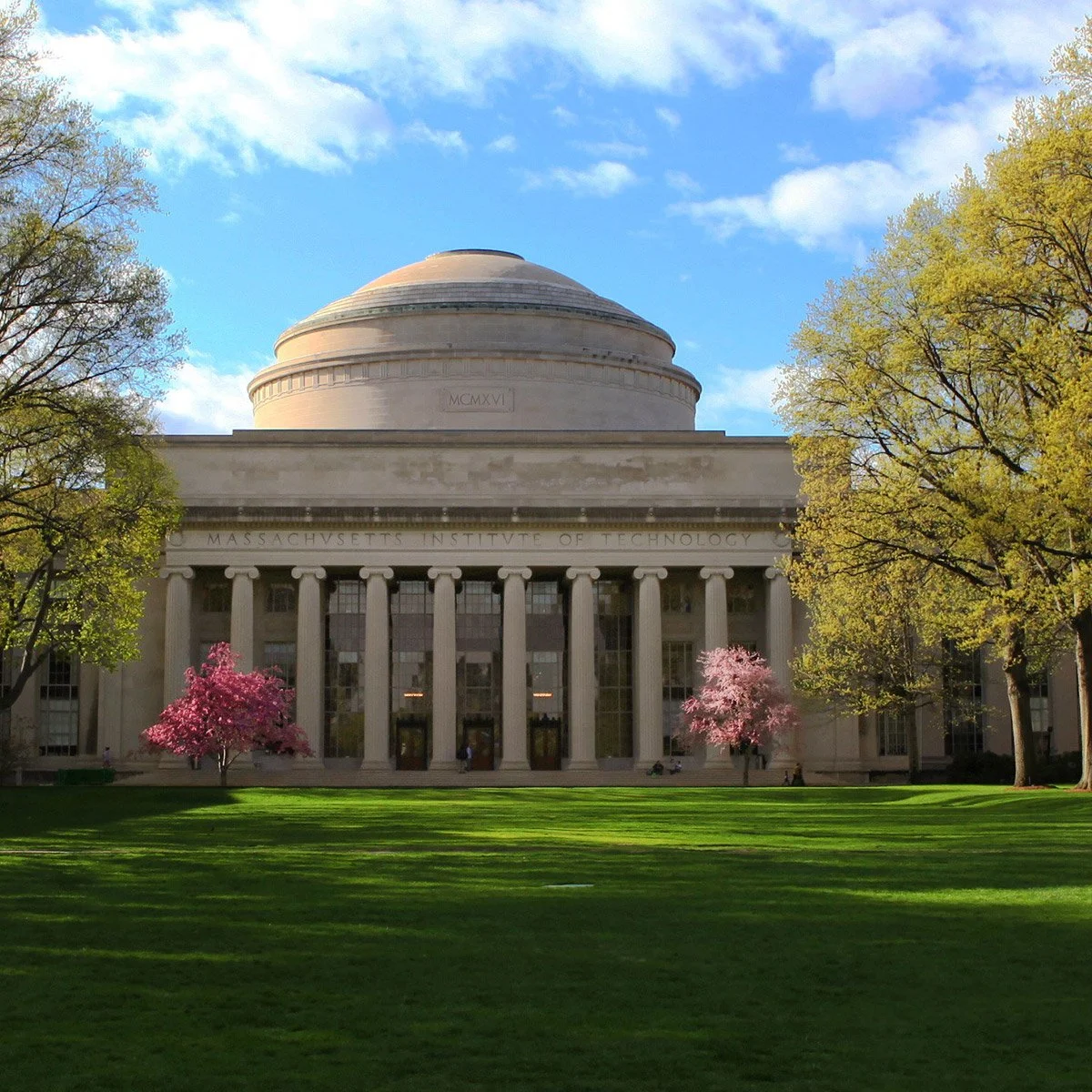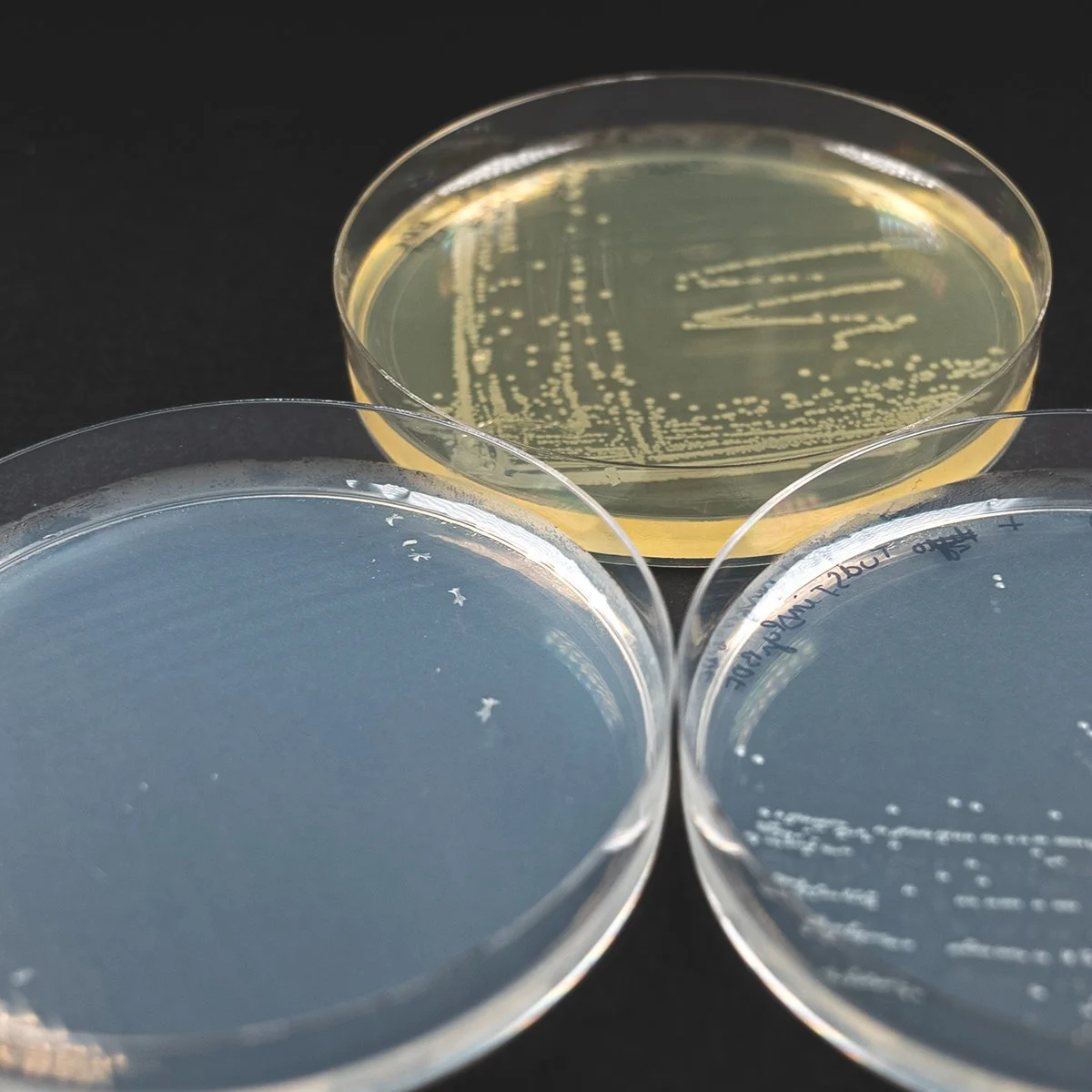Single use items like pipette tips and microcentrifuge tubes can be recycled when paired with the right recycling service.
Lab Recycling at Cell Signaling Technologies
In my last post I showcased Cell Signaling Technology’s (CST) effort to reduce their environmental footprint by switching from disposable latex gloves, to a more cost-effective nitrile based recyclable option. But what about the rest of their waste? The nitrile gloves make up less than one percent of their total waste footprint, so what happens to the other 99% of their waste? In actuality, CST manages an extensive recycling and composting program (which I will talk about in a follow up article).
Unfortunately, for many American businesses most of their refuse will end up in the landfill: in 2012 US businesses recycled only 34 percent of their waste. With all the single use plastic utilized in labs and the uncertainty around its recyclability, I think its safe to assume that the average waste diversion rate is much lower.
So how can you lead by example and set up a Waste Diversion program at your own company or institution?
Well rather than reinvent the wheel, look around to see what other businesses or institutions in your area are doing. In Massachusetts, many Universities like Harvard have great recycling programs in their labs and companies like CST and Millipore do as well. You can also look to the EPA for guidance; they even have a page dedicated to recycling at laboratories. Another resource to look at are local recycling advocates: by working with a local group you can find out about area-specific recycling vendors or businesses that serve your community. Once you have decided to take on developing or improving your recycling program, there are some important tips to remember.
You can’t manage what you don’t measure.
This adage applies to just about all sustainability initiatives, but rings true every time. Before you go off looking for ways to divert some of your waste, first take stock of what you already have. Ask yourself questions like “Is there anyone else that works here that would know about a waste diversion program that I don’t know about?”, or even more basic, “Who is my waste hauler?” By asking yourself simple questions like these, you start to get to the more important questions like “How much waste am I disposing every month or every year?” and “What is that waste made up of, and how can I get it out of the general trash and into recycling or compost?” Once you’ve determined what is in your trash you can start to look for local vendors who may be able to take some of that waste and recycle it.
Communication is key.
his goes for all the stakeholders involved in your waste diversion project and includes employees at the company, the EH&S department, your waste hauler, and even the janitorial service. By not working in a vacuum and communicating your objectives clearly to all parties, you will skip a lot of the hassle that comes from working by yourself. Some early conversations you may want to have should be with your EH&S staff and the recycling vendor to see what can be recycled and then the procedure for how to do so. Once you have a program set up, communication will continue to be important as you try to educate your staff and co-workers on which items can be recycled or composted and which items cannot be. It is important to further communicate your waste diversion objectives with signage, emails, and more, to keep everyone focused on the goals.
Don’t give up!
This is a slow process, and fraught with difficulty. But as I said earlier it has been done before! When you run into trouble, try reaching out to some of the organizations mentioned earlier about specific failures you’re having; in most cases people are willing to help. In the end the benefits you will receive from a waste diversion program make all the difficulty worth it. You will be delighted because you are no longer landfilling items that could be recycled, reused, or composted and there for preventing unnecessary pollution. Your customers will be impressed as research is showing sustainability as an important factor in buying preferences, and in some cases you might even save money that you could pass on to them!
While these tips won’t assure a perfect recycling program, they will at least help you get your project off the ground. Remember, don’t reinvent the wheel, people have done this before! Measure everything you can to ensure a data driven program and then work on managing your waste. Lastly, when the going gets tough don’t give up, there are plenty of resources out there to help you on your way! Good Luck!
Stay tuned for my next article on CST’s recycling and compost program. Thanks!











Get an insider’s look at how research and clinical diagnostics are expanded by integrating software, data and robotics, as well as the opportunities “to dial” in workflows for cost and carbon savings.